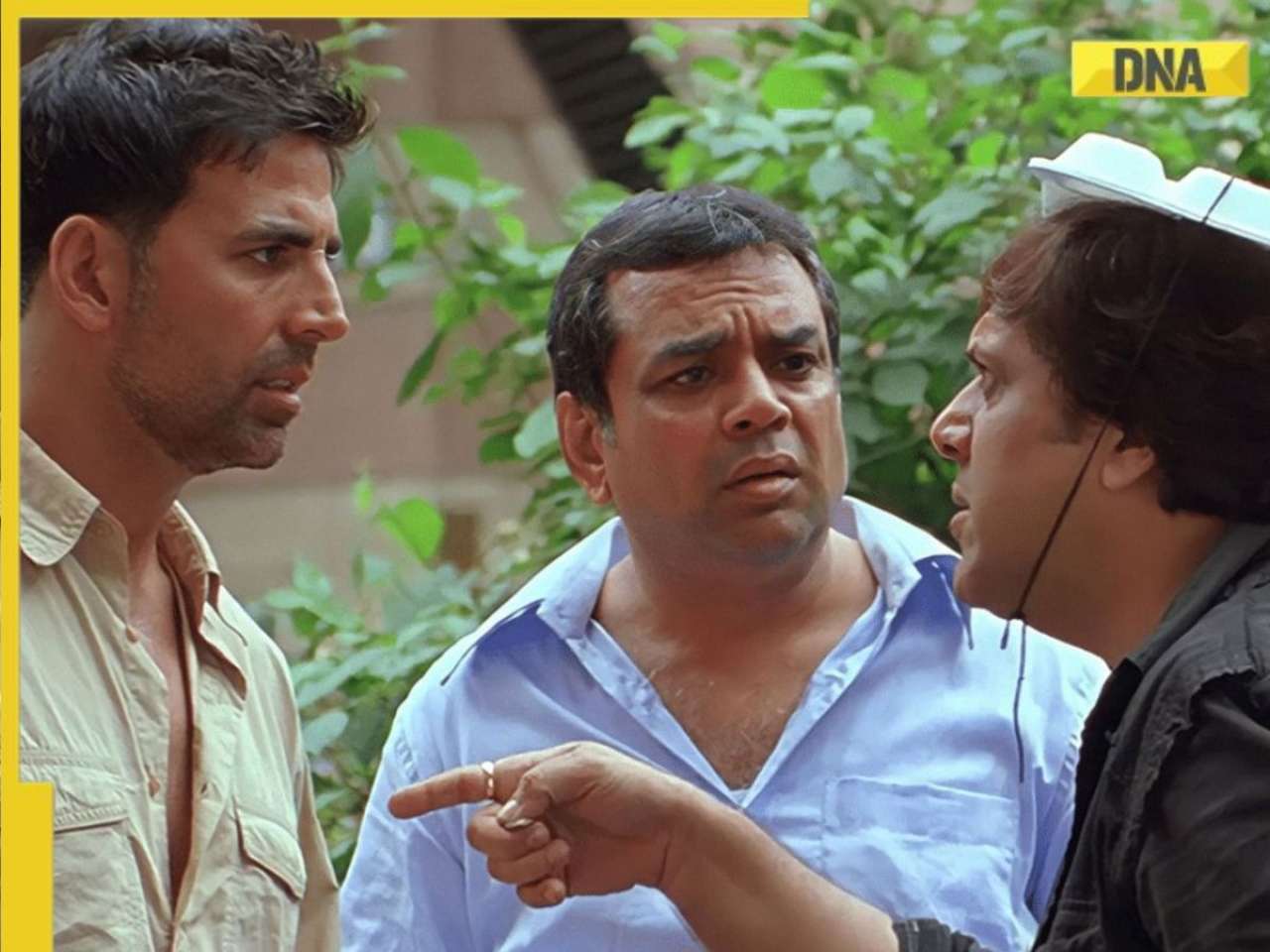- LATEST
- WEBSTORY
- TRENDING
MUMBAI
166 monkeys drop dead. Is it the heat?
An unusually high incidence of monkey deaths over the last three days near a dried up reservoir in the Sindewahi forests, 150km from here in Chandrapur, has driven wildlife officials to panic.
TRENDING NOW
An unusually high incidence of monkey deaths over the last three days near a dried up reservoir in the Sindewahi forests, 150km from here in Chandrapur, has driven wildlife officials to panic.
While the forest department confirmed that 164 monkeys were found dead, some still perched to tree branches, environmentalists said the actual numbers could be much higher. On Saturday, two more monkeys, reports said, were found dead in the forest of Junona near Chandrapur.
“Based on reports from veterinarians, our initial apprehension is the monkeys must have died due to heat stroke,” principal chief conservator of forests (wildlife), AK Joshi, said Saturday. “But since no monkey died at the same spot today we are not drawing any conclusions till we get reports of all tests.”
There are a couple of small water bodies near the dried up Chikti reservoir with reasonable water levels, Joshi said. While he was of the view that monkeys usually survive extreme heat conditions, some wild life experts said the langoors stick to one water body given their poor ability to search for water. It is possible that after the Chikti reservoir ran dry, the monkeys surviving on it got dehydrated.
The bodies of langoors “seemingly weak” and “appearing dehydrated” lay strewn over a patch of forest that falls in the administrative territory of the Forest Development Corporation of Maharashtra. Reports coincided with the world environmental day driving wildlife officials into a late damage-control mode.
Alarmed by the reports of monkey-deaths trickling in from some other parts too, the forest machinery Saturday sent an SOS to the National Institute of Virology, Pune, Bombay Veterinary College, and the Indian Virology Research Institute, Bareilly, seeking their help in ruling out viral outbreak as the cause.
Joshi said the three experts would be investigating the monkey-deaths to pinpoint the cause.
“We are also collecting samples from the langoors that are alive in the same area to check if they are sitting on a viral or bacterial epidemic,” he said, pressing that his department had contingency plans in place to create water bodies for wild life through the summer. Environmentalists strongly disagree.
“The deaths are fallout of dehydration and nothing else,” said a wildlife expert asking not to be quoted. “The forest department has no plan for wildlife conservation in vast stretches of territorial areas where water management is so poor that many voluntary organisations and concerned wildlife individuals arranged for water holes and tankers for wildlife this summer, he said.
This is the first time in recent history that such a high number of langoor deaths has been reported. There have been reports of monkeys, other herbivorous animals, and even colonies of bats dying of severe heat and water shortage in the untended territorial forests across Vidarbha in exceptionally warm summers.








)
)
)
)
)
)
)
)
)
)
)
)
)
)
)

























































